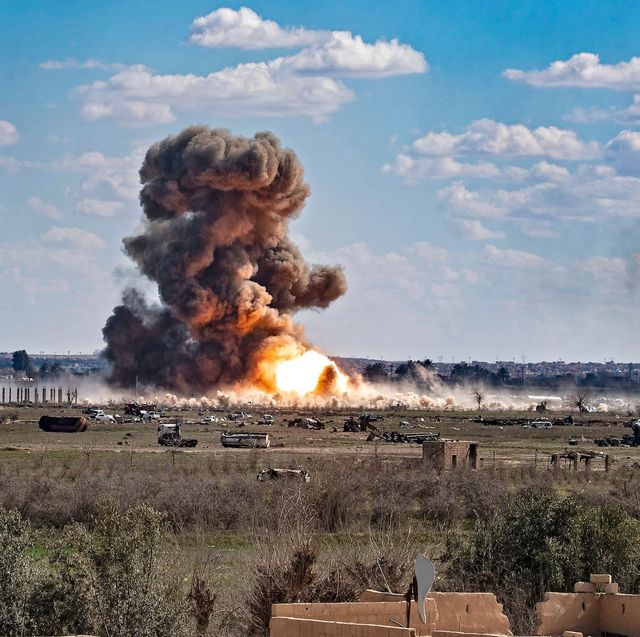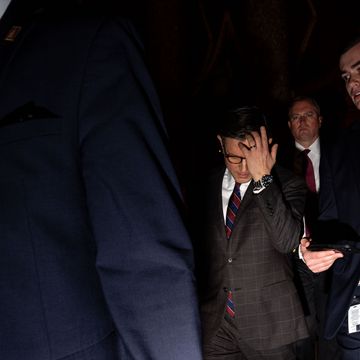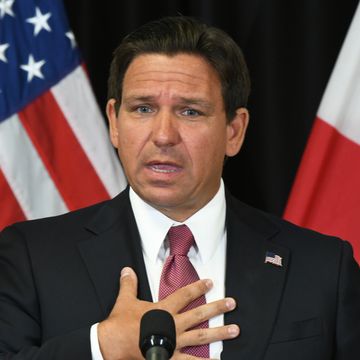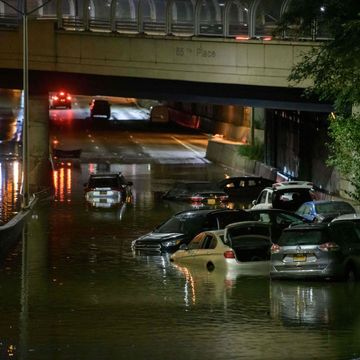The New York Times reported on a special operation in Syria from 2019 in which an American F-15 dropped a 500-pound bomb on a crowd of women and children, despite the fact that there was a drone with eyes on the crowd at the time.
“Who dropped that?” a confused analyst typed on a secure chat system being used by those monitoring the drone, two people who reviewed the chat log recalled. Another responded, “We just dropped on 50 women and children.”
The Baghuz strike was one of the largest civilian casualty incidents of the war against the Islamic State, but it has never been publicly acknowledged by the U.S. military. The details, reported here for the first time, show that the death toll was almost immediately apparent to military officials. A legal officer flagged the strike as a possible war crime that required an investigation. But at nearly every step, the military made moves that concealed the catastrophic strike. The death toll was downplayed. Reports were delayed, sanitized and classified. United States-led coalition forces bulldozed the blast site. And top leaders were not notified.
The magnitude of the cover-up by the military should surprise nobody who was alive during the Vietnam catastrophe, although I admit the fact that CIA personnel were shocked by the bombing campaign’s disregard for civilian casualties, a disregard that reached its peak in the 2019 incident, is an interesting twist in this story. (And also, it must be said, something of a clue as to how the NYT perhaps found this story.) This kind of thing is what happens when you make war in a place. You cannot avoid it. But many people in charge of that effort will move heaven and earth to keep that simple truth from the people paying the bills.
Coalition forces overran the camp that day and defeated the Islamic State a few days later. The yearslong air war was hailed as a triumph. The commander of the operations center in Qatar authorized all personnel to have four drinks at the base bar, lifting the normal three-drink limit. Civilian observers who came to the area of the strike the next day found piles of dead women and children. The human rights organization Raqqa Is Being Slaughtered Silently posted photos of the bodies, calling it a “terrible massacre.”
Satellite images from four days later show the sheltered bank and area around it, which were in the control of the coalition, appeared to have been bulldozed.
David Eubank, a former U.S. Army Special Forces soldier who now runs the humanitarian organization Free Burma Rangers, walked through the area about a week later. “The place had been pulverized by airstrikes,” he said in an interview. “There was a lot of freshly bulldozed earth and the stink of bodies underneath, a lot of bodies.”
Stonewalls went up throughout the military bureaucracy. A non-event was being created out of the bombing and its devastating results. There are some stories about what it does, and the inevitable savagery that is the result, that the military won’t even tell itself.

Charles P Pierce is the author of four books, most recently Idiot America, and has been a working journalist since 1976. He lives near Boston and has three children.













